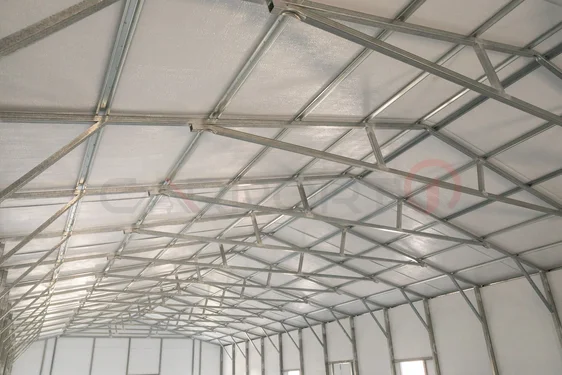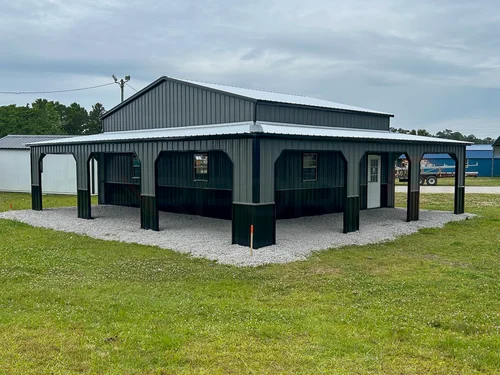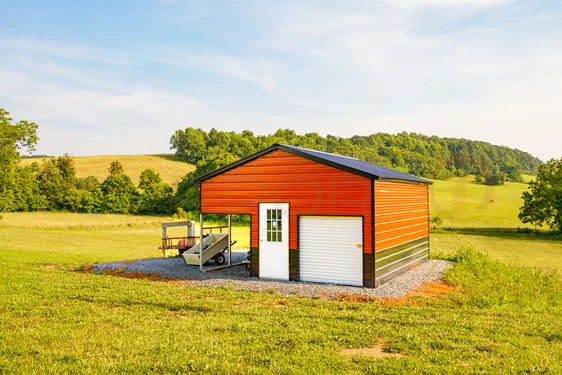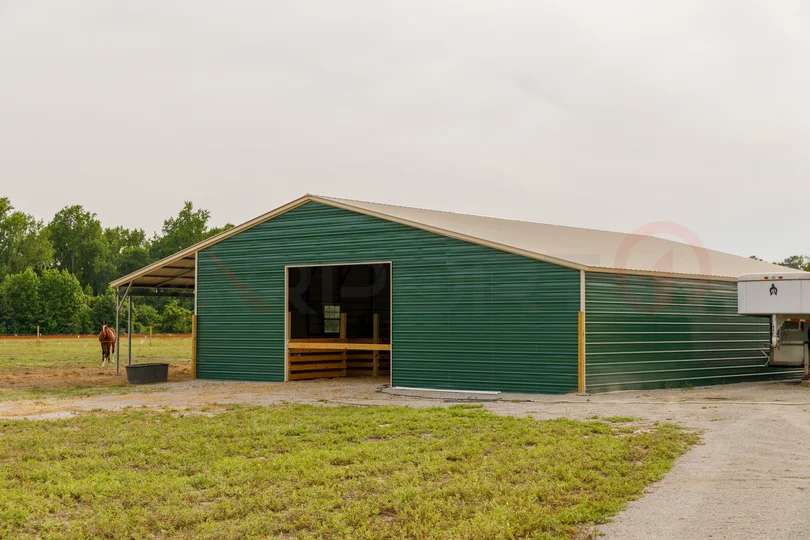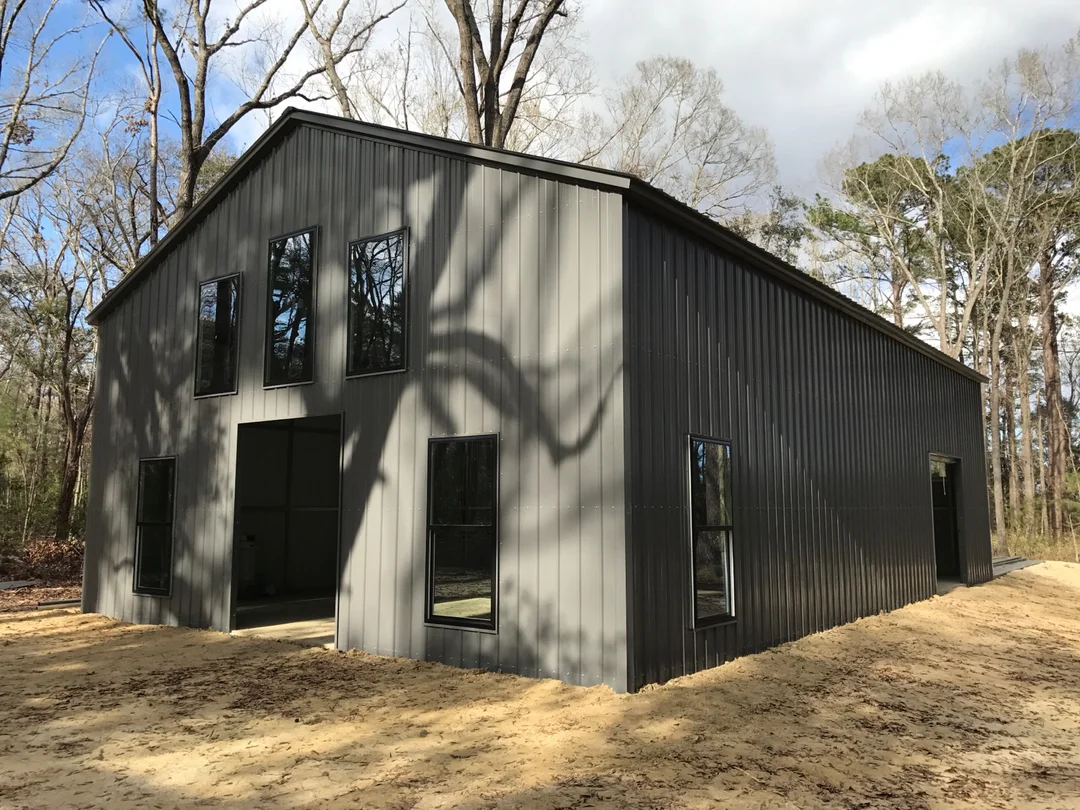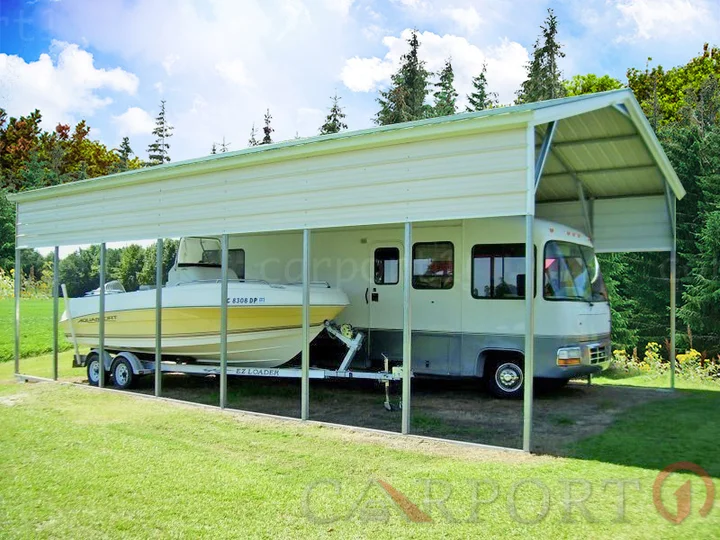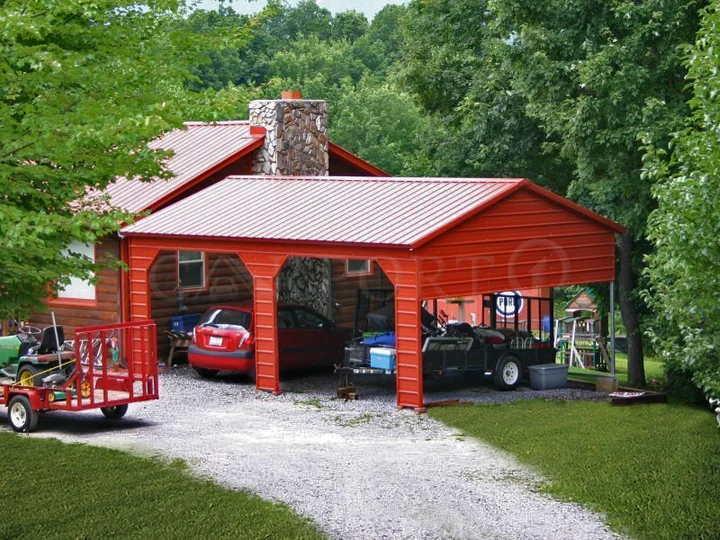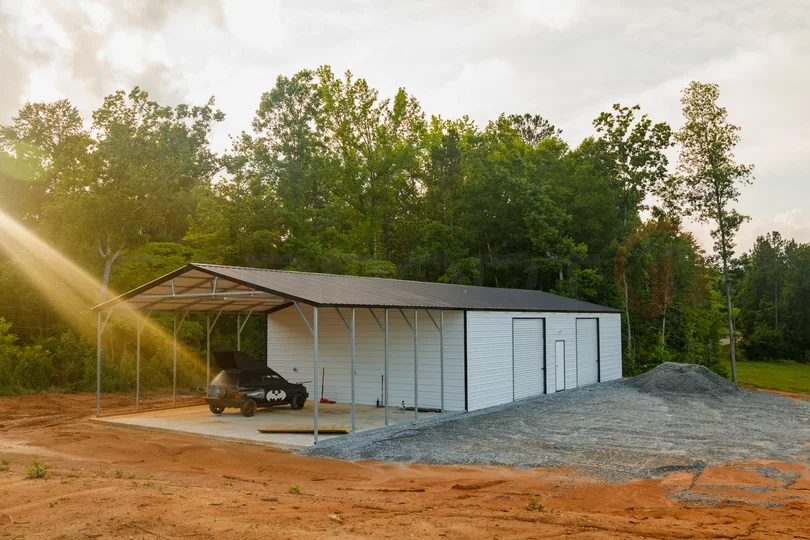When building a new workshop, mancave, sheshed, or barndomonium it’s important to choose the insulation that is right for you.
Why add insulation to your metal building?
If you choose to not insulate your metal building, you are essentially building a large oven or refrigerator. This can cause your heating or cooling costs to go up dramatically. By adding insulation, you are able to reduce the amount of hot or cold air that flows throughout your metal building, making it much easier for you to control the temperature. You will also eliminate the issue of condensation forming on the roof during high-humidity days.
The Benefits of Double-Bubble Insulation
Double-bubble insulation is constructed from multiple sheets of polyethylene that are placed one over the other with air bubbles trapped within. Double-bubble insulation is a great option for buildings that are:
- Located in areas with high humidity levels
- Warehouses, cold storage buildings, and other buildings where condensation can be an issue
- Located near busy highways or railways where noise is a consideration
In addition to the above benefits, double-bubble insulation can also help you:
- Save on heating and cooling costs by reducing the energy needed to maintain comfortable temperatures inside your building
- Lower your energy consumption by reducing heat loss from your building during the winter and heat gain during the summer months
The Benefits of Fiberglass Insulation
Fiberglass insulation is constructed from fibers of glass spun together to form a blanket. The fiberglass material itself is fire resistant and contains no materials that will burn. When the fiberglass is heavily compressed, it becomes a more efficient insulator due to its ability to stop conduction.
The benefits of fiberglass insulation don’t stop there! R-Value, the measure of resistance to heat flow through a given thickness of material, is an important factor when determining the proper amount of insulation needed for your home. Most states require at least R-19 in walls, R-38 in cathedralized attics, and R-30 in flat attics.
Note: Even though fiberglass insulation costs more, we recommend its use in buildings that are consistently inhabited like homes or workshops. It provides superior insulation for very hot or very cold climates, saving you money if you plan to have AC or heating in your metal building.
Which should you choose?
So, which should you choose? It depends on your budget and your long-term needs. Double-bubble may be the more affordable choice, but fiberglass insulation leads to greater savings in the long run.
Alternative Insulation Options
There are several alternative insulation materials available beyond Double-Bubble and Fiberglass. These alternatives offer varying advantages in terms of efficiency, installation ease, environmental impact, and overall performance. Here are some notable options:
- Spray Foam Insulation: This insulation type has gained popularity due to its exceptional sealing properties. Spray foam expands upon application, effectively filling gaps and creating an airtight seal. It provides high R-Values (a measure of insulation’s effectiveness) and can be used in various areas, including walls, ceilings, and roofs. Spray foam insulation tends to cost more upfront and save more in energy costs over time.
- Rigid Foam Insulation: Available in different materials like expanded polystyrene (EPS), extruded polystyrene (XPS), and polyisocyanurate, rigid foam boards offer high R-values per inch of thickness. Price of rigid foam insulation varies dependent on the material. They are moisture-resistant and can be used in wall cavities, under roof sheathing, or as exterior insulation.
- Reflective Insulation: Reflective insulation, such as radiant barrier foil, works by reflecting heat away from the building. It typically consists of a layer of foil-faced materials designed to reduce radiant heat transfer. Reflective insulation is often used in attics, under the roof, or on walls and can complement other types of insulation. This is a relatively affordable option compared to others, but often used in combination with other insulating materials.
- Natural Fiber Insulation: Materials like cotton, wool, and cellulose derived from recycled paper are becoming popular as eco-friendly alternatives. These materials offer good thermal performance, are often treated for fire resistance, and can be blown or installed in batt form. Natural fiber insulation costs vary depending on material, but tend fall into the moderate range.
- Aerogel Insulation: Known for its exceptional thermal performance, aerogel is a highly porous material that traps air, making it an excellent insulator. Despite being lightweight, it provides remarkable insulation in thin layers, making it suitable for applications where space is limited. Aerogel insulation is considered one of the more expensive options due to its advanced technology and superior insulating properties.
- Vacuum Insulation Panels (VIPs): These panels consist of a core material enclosed in a gas-tight envelope with the air removed, creating a vacuum. VIPs offer outstanding insulation with minimal thickness, making them useful in situations where space is a concern. VIPs high-performance capabilities and advanced design put in among the most expensive insulation options available.

